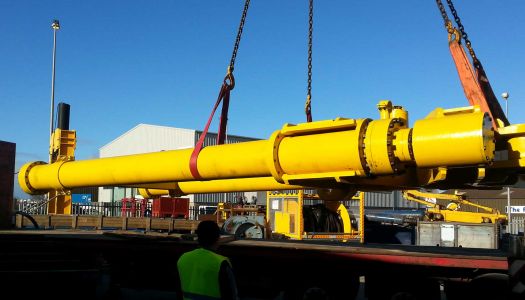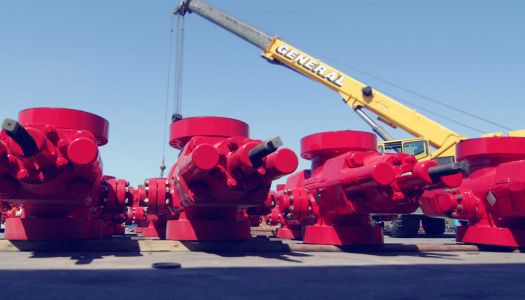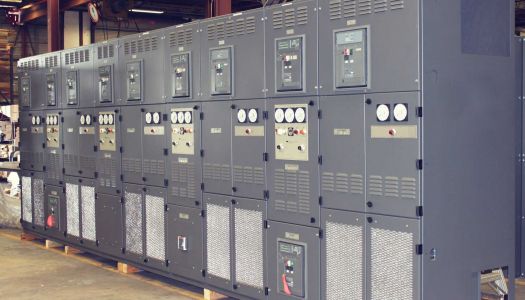CONSTRUCTION AND DESIGNATION
The strand is the simplest construction: it consists of one or more layer of superimposed wires laid spirally around one or more central wires or around a fibre core. The construction of the strand is identified by the number of wires in the individual layers, starting from the outer one.
strands with cross laid wires:
STRANDS WITH EQUAL LAID WIRES
In these constructions the pitches of the various layers of wires are identical as stranding is carried out in a single operation; therefore, the contacts between wires are lindar. Seale, Warrington and Filler strands belong to this construction. Wires of different diameters are required for these constructions.
WIRE ROPE CORES

-
Independent Wire Rope Cores (IWRC) This is a separate wire rope used as a core in the main wire rope.
-
Independent Wire Strand Core (IWSC) A single strand can be used as the core in a wire rope. The wire strand core may be of the same construction as the outer strands, or of different construction. A 6-strand rope with a wire strand core of a different construction from that of the main strands is called a 6-strand rope with WSC. If the core is of the same construction, the rope is usually called a 7-strand rope-for example, 7x7 or 7x19. Wire strand cores are limited to standing ropes, and small diameter running ropes.
-
Fiber Core (FC) These cores are fiber ropes, made from either natural fibers such as manila, sisal, jute, or cotton or synthetic fibers such as polypropylene or polyethylene.
LUBRICATION
Wire ropes are lubricated as a protection against oxidization and to reduce friction between wires and strands.
Fiber cores are impregnated for preservation purposes. During the stranding and roping operations, all wires forming the strand and all strands forming the rope are lubricated. The type of lubrication varies according to the application for the rope and the type of plant for which it is intended. During the working life of the rope, lubrication should be carried out periodically with good quality products compatible with those used during manufacture and which we shall be pleased to indicate upon request.
Lubricants used during manufacture shall be free from solvents, moisture, aromatic compounds, alkaline soaps and acidity both organic and inorganic









